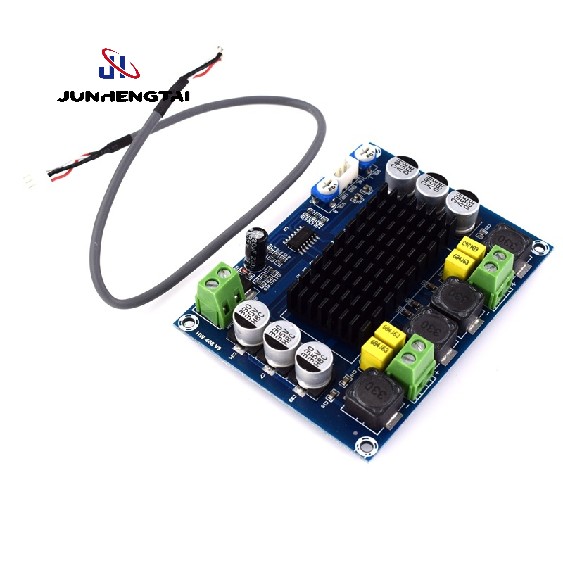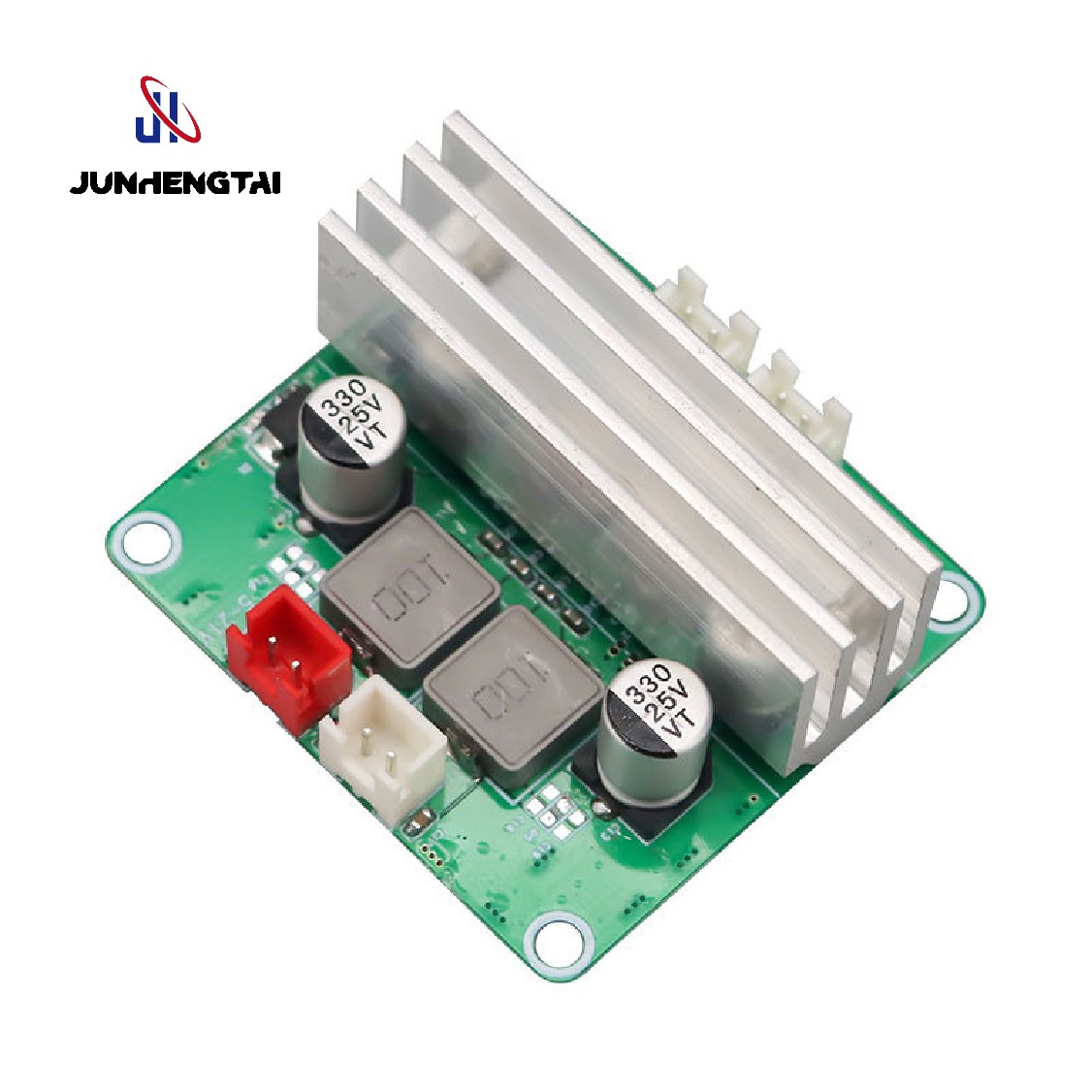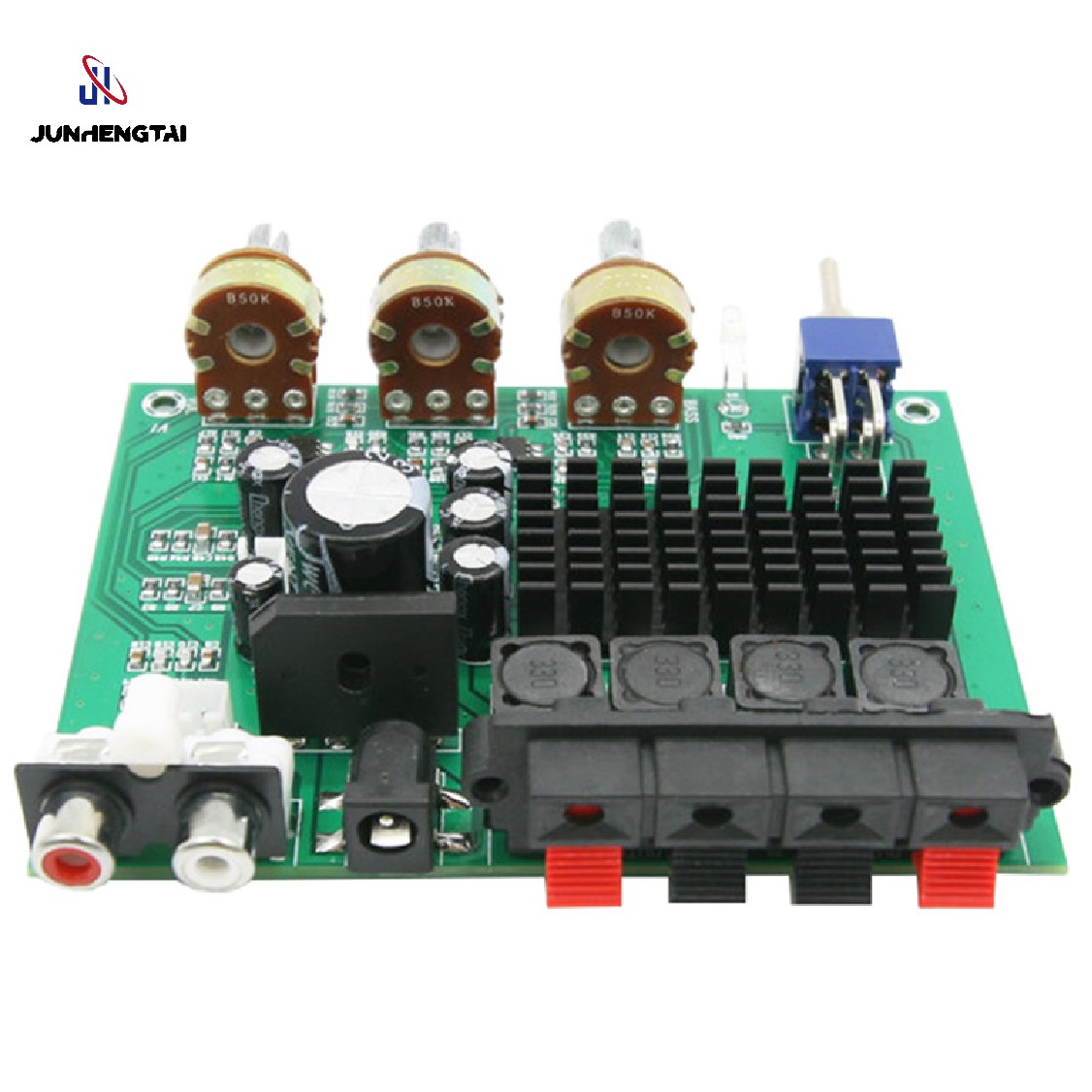In today’s digital and intelligent audio equipment sector, the power amplifier board is emerging as a key component that drives the development of audio technology. From home theaters to professional sound systems, from portable music players to large-scale concert amplification systems, power amplifier boards play an indispensable role. This article will provide a comprehensive introduction to power amplifier boards, covering their principles, classifications, applications, and the latest technological advancements.
I. Introduction to Power Amplifier Boards
A power amplifier board, often referred to as a power amp board, is an electronic device designed to amplify audio signals. Its primary function is to boost weak audio signals (such as those from a sound source) to a sufficient power level to drive speakers and produce clear and loud sound. The core role of a power amplifier board is to increase the power of audio signals while minimizing distortion to ensure high-fidelity sound reproduction.
II. Classification of Power Amplifier Boards
A. Classification by Amplification Principle
Class A Amplifier Boards
Class A amplifier boards are full-cycle amplification circuits where the amplifying elements are always conducting throughout the entire signal cycle. These boards offer extremely low distortion, producing warm and delicate sound quality. However, their efficiency is relatively low, typically around 25%, and they generate significant heat. As a result, Class A amplifier boards are commonly used in high-end audio systems, such as premium Hi-Fi sound systems.
Class B Amplifier Boards
Class B amplifier boards feature amplifying elements that conduct only during half of the signal cycle. This design offers higher efficiency, reaching up to 78.5%. However, Class B amplifiers are prone to crossover distortion at the signal transition points. Modern Class B amplifier boards often employ compensation techniques to improve sound quality.
Class AB Amplifier Boards
Class AB amplifier boards combine the advantages of both Class A and Class B amplifiers. They operate in Class A mode for small signal amplitudes and switch to Class B mode for larger signals. This design achieves a balanced performance in terms of efficiency and sound quality, making Class AB amplifier boards one of the most common types in the market today.
B. Classification by Output Power
Low-Power Amplifier Boards
With output power ranging from a few watts to several tens of watts, low-power amplifier boards are suitable for small audio devices such as portable Bluetooth speakers and small bookshelf speakers. These boards are designed to be compact and energy-efficient, making them ideal for home or small office environments.
Medium-Power Amplifier Boards
Offering output power from several tens to hundreds of watts, medium-power amplifier boards are used in mid-sized audio systems, such as home theaters and small stage sound systems. These boards strike a good balance between sound quality and power output, meeting the everyday needs of most users.
High-Power Amplifier Boards
Capable of delivering thousands of watts, high-power amplifier boards are designed for large-scale applications like concerts, theaters, and sports arenas. These boards require robust heat dissipation and highly stable circuit designs to ensure reliable operation under high-load conditions.
III. Applications of Power Amplifier Boards
A. Home Audio Systems
In domestic settings, power amplifier boards are the core components of audio systems. Whether in traditional Hi-Fi systems or modern home theaters, these boards amplify audio signals to drive speakers. For example, in a high-quality 5.1-channel home theater system, the power amplifier board must handle multiple audio channels simultaneously, ensuring that each channel produces clear and accurate sound to create an immersive viewing experience.
B. Professional Audio Systems
In professional fields, such as theaters, stadiums, and concerts, power amplifier boards play a vital role. These venues require high-power, high-stability amplifier boards to drive large speaker systems. For instance, during a large concert, the power amplifier board must amplify the singer’s voice to cover an audience of tens of thousands while maintaining sound clarity and consistency. Additionally, professional audio systems often require power amplifier boards with multiple input and output interfaces to connect and work in coordination with other audio equipment, such as mixing consoles and effects processors.
C. Portable Audio Devices
With the growth of the mobile internet, portable audio devices are becoming increasingly popular. Devices like Bluetooth speakers and portable sound systems rely on power amplifier boards. These boards are designed to be small and energy-efficient to meet the size and battery life requirements of portable devices. To meet users’ demands for sound quality, some high-end portable audio devices now employ advanced digital amplifier technologies to enhance audio performance.
IV. Latest Technological Advancements in Power Amplifier Boards
A. Digital Amplifier Technology
In recent years, digital amplifier technology has become an important development direction in the field of power amplifier boards. Compared to traditional analog amplifiers, digital amplifiers offer higher efficiency, lower distortion, and better sound quality. Digital amplifiers process audio signals digitally and then use Pulse Width Modulation (PWM) technology to convert digital signals back into analog signals for amplification. This technology not only improves the efficiency of power amplifier boards but also significantly reduces heat generation, allowing for more compact and lightweight designs.
B. Intelligent Amplifier Technology
As artificial intelligence technology continues to evolve, intelligent amplifier technology is also emerging. Intelligent power amplifier boards can automatically detect the characteristics of audio signals through built-in sensors and algorithms. They can adjust the amplifier parameters based on different audio scenarios (such as music playback or movie watching) to achieve optimal sound quality. Additionally, intelligent amplifier boards can connect to the internet for remote control and software updates, offering users a more convenient experience.
C. High-Fidelity Amplifier Technology
In the high-end audio market, high-fidelity amplifier technology remains the core pursuit of excellent sound quality. Modern high-fidelity power amplifier boards employ various advanced circuit designs and material technologies, such as high-precision analog circuits, low-noise power modules, and high-performance amplifying elements, to minimize signal distortion and noise. Some high-end amplifier boards also feature multi-channel processing technology, which independently processes audio signals from different channels to further enhance sound quality.
V. Market Prospects and Development Trends
With the increasing demand for high-quality audio and the continuous growth of the audio equipment market, the demand for power amplifier boards is also steadily rising. Particularly in the fields of smart audio devices, high-end audio systems, and professional audio, technological innovation and product upgrades of power amplifier boards will bring more opportunities for market development. In the future, power amplifier boards will evolve towards higher efficiency, lower distortion, and greater intelligence. They will also focus more on integration with emerging technologies such as the Internet of Things and artificial intelligence to provide users with higher-quality and more convenient audio experiences.
Post time: Jun-18-2025







